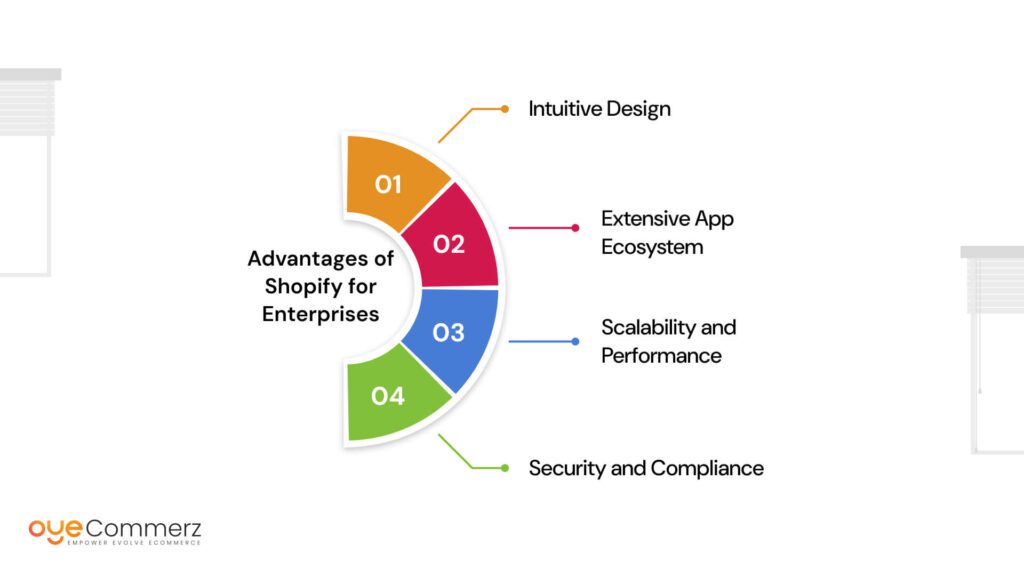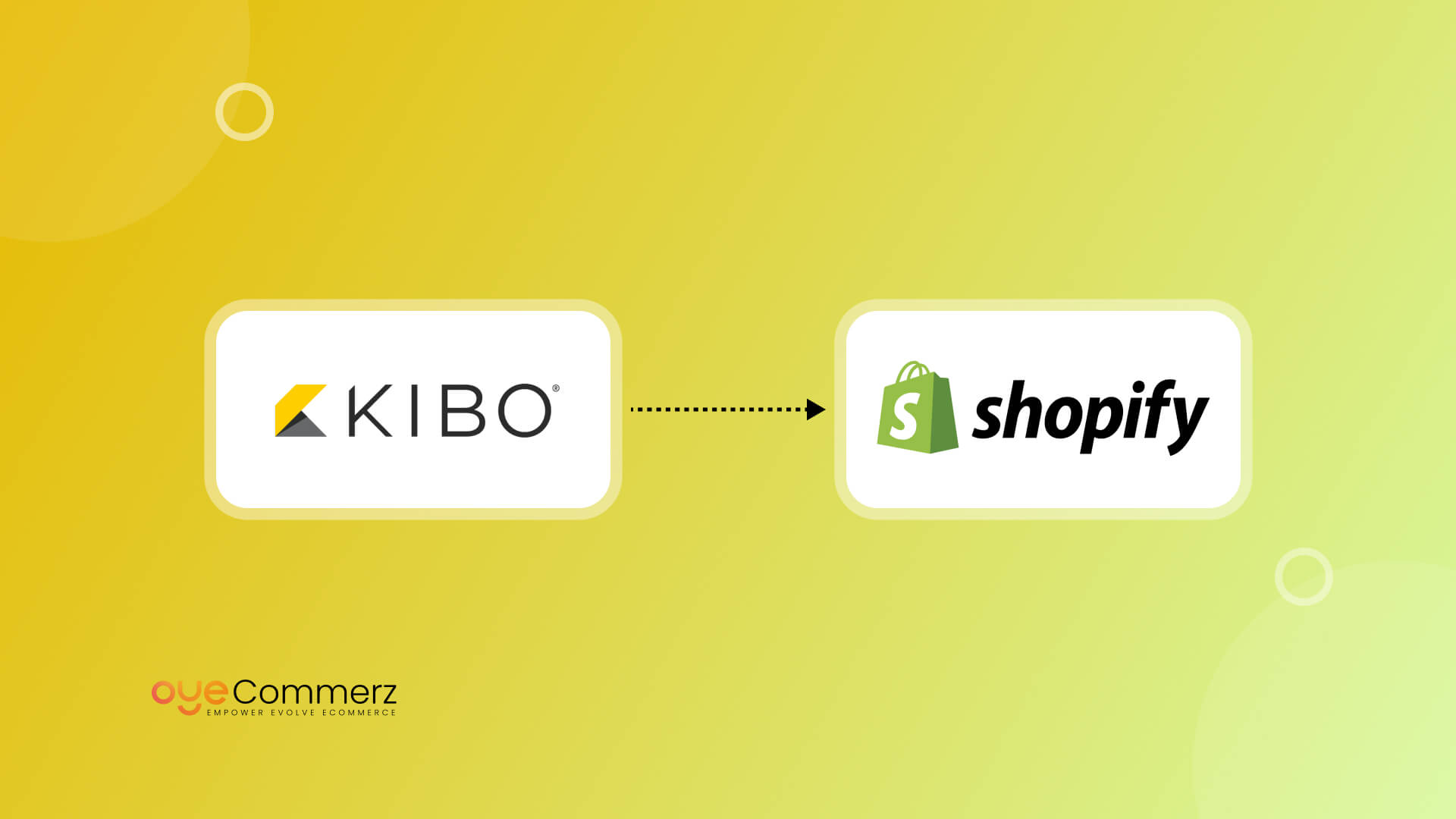Are you a business owner using kibo wondering if switching to Shopify is the right move for your store? You’re not alone many businesses like yours are making the leap to Shopify for its simplicity, scalability, and endless customization options. In fact, stores that migrate to Shopify often see a 30% boost in operational efficiency within the first few months.
But let’s be real migration isn’t just flipping a switch. It’s a process that can feel overwhelming without the right guidance. That’s where this guide comes in! Think of it as your go-to roadmap, written just for Kibo business owners like you, to help make your transition to Shopify smooth, efficient, and stress-free. So, let’s dive in and make your migration journey a success.
Table of Contents
ToggleUnderstanding the Kibo Platform
Kibo is a versatile e-commerce platform that has garnered attention for its cloud-native capabilities. However, as enterprise needs evolve, many businesses find Kibo’s offerings lacking in flexibility and scalability. Before diving into the migration process, it is essential to understand the key features and limitations of Kibo.
Key Features of Kibo
- Unified Commerce: Kibo provides a holistic approach to commerce, integrating various sales channels into a single platform.
- Personalization: Offers extensive tools for personalized customer experiences, enabling businesses to tailor their offerings.
- Scalability: Designed to accommodate rapid growth, Kibo can support large catalogs and high traffic volumes.
Limitations of Kibo
Despite its strengths, Kibo presents several challenges that may prompt enterprises to consider migration:
- Complexity: Kibo’s interface can be cumbersome, leading to longer onboarding times for new team members.
- Customization: While Kibo offers some degree of customization, it may not match the extensive options available through Shopify’s app ecosystem.
- Cost: As businesses scale, Kibo’s pricing model can become prohibitive, especially for companies with fluctuating revenues.
As the e-commerce landscape continues to evolve, the need for a more agile and cost-effective platform has led many companies to explore Shopify.
Why Choose Shopify?

When contemplating a migration from Kibo to Shopify, it is essential to recognize the distinctive advantages Shopify offers to enterprise-level e-commerce businesses. These benefits extend beyond mere functionality; they represent a strategic alignment with the modern consumer landscape.
Check out the in depth comparison on Shopify vs kibo Based on Customer Base and Growth in the e-commerce market.
Advantages of Shopify for Enterprises
- Intuitive Design: Shopify’s user-friendly interface simplifies management, minimizes the training time for staff, and enhances operational efficiency.
- Extensive App Ecosystem: With thousands of apps available, Shopify allows for extensive customization and integration possibilities. Businesses can alter their stores to meet specific requirement without extensive coding knowledge.
- Scalability and Performance: Shopify Plus, the enterprise-level version of Shopify, is built to handle significant traffic and order volumes, ensuring seamless performance during peak times.
- Security and Compliance: Shopify is PCI compliant and provides robust security features, allowing enterprises to focus on growth without worrying about security vulnerabilities.
Supporting Data
According to a recent survey by Forrester, “Over 50% of enterprises reported that migrating to a more robust e-commerce platform significantly improved their operational efficiency.” This statistic underlines the transformative potential of migrating to Shopify, particularly for larger businesses aiming for sustained growth.
Testimonials from Industry Leaders
Industry leaders are recognizing the potential of Shopify to enhance e-commerce strategies. As noted by Sarah Smith, CEO of EcomSolutions, “Migrating to Shopify has been a game-changer for us. The increased flexibility and customer engagement have directly contributed to a 30% increase in sales within the first six months.”
Guide for Kibo to Shopify Migration
The migration process from Kibo to Shopify requires attentive planning and execution. As with any significant transition, preparation is key to minimizing disruptions and ensuring a smooth rollout.
Migration Assessment
Begin with a comprehensive assessment of your existing Kibo store, focusing on the following elements:
- Catalog Data: Evaluate product SKUs, descriptions, images, and pricing. Determine which items will migrate and which may need updates or deletions.
- Customer Data: Analyze customer information, including accounts, purchase history, and preferences, to ensure a seamless transition.
- Sales Channels: Consider all sales channels currently in use, including online marketplaces, brick-and-mortar stores, and social media platforms.
Creating a Migration Plan
A well-structured migration plan should include:
- Timeline: Create a practical timeline outlining each phase of the migration process, from initial assessment through to final launch.
- Roles and Responsibilities: Clearly define team roles to avoid confusion during the migration process.
- Testing Protocols: Plan for extensive testing before the official launch to identify any issues or discrepancies.
Choosing a Migration Partner
Many enterprises opt to partner with experienced Shopify development agencies like Oyecommerz for their migration. A skilled agency can provide:
- Technical Expertise: Proficient handling of complex data transfers and integrations.
- Customized Strategies: Develop tailored solutions that align with your specific business needs and objectives.
Post-Migration Support: Continued assistance to ensure optimal performance and troubleshooting after launch.
Executing the Migration Process
Once preparations are complete, it is time to execute the migration from Kibo to Shopify. This phase is vital, as it significantly affects the store’s operational reliability and overall customer experience.
Data Migration
- Data Mapping: Ensure that all data from Kibo is accurately mapped to the corresponding fields in Shopify.
- Use of Migration Tools: Leverage migration tools or services that can facilitate bulk data transfers without losing vital information.
- Quality Assurance: Conduct quality checks to ensure data accuracy, focusing on product information, customer data, and order histories.
Theme and Design Transition
- Shopify Themes: Select a Shopify theme that aligns with your brand identity and enhances user experience. Consider customizations to acheive specific pleasing and functional needs.
- SEO Considerations: Implement proper redirects and maintain SEO practices to avoid loss of organic traffic during the transition.
Integration with Existing Systems
- Third-Party Integrations: Identify and integrate essential third-party applications and services, such as payment gateways, shipping solutions, and marketing tools.
- Testing Integrations: Conduct thorough testing of all integrations to ensure they function as intended and provide a seamless user experience.
Post-Migration Strategy
Once the migration is complete, focus on optimizing your new Shopify store to maximize performance and customer satisfaction.
Analyzing Performance Metrics
- Traffic and Conversion Rates: Monitor website traffic and conversion rates closely to assess the impact of the migration on sales performance.
- Customer Feedback: Solicit customer feedback to identify any issues or areas for improvement.
Continuous Optimization
- A/B Testing: Implement A/B testing on various elements of your site to refine and enhance user experience continuously.
- Ongoing Support and Updates: Regularly update your store with new features, integrations, and security measures to stay competitive in the e-commerce space.
Leveraging Shopify Solutions
Leverage Shopify’s extensive resources and support network to stay ahead in e-commerce innovation. Regularly explore new apps, tools, and features that can enhance your operational capabilities and customer engagement.
Transform Your E-Commerce Experience with Oyecommerz!
Ready to elevate your business? At Oyecommerz, we specialize in seamless Kibo to Shopify migrations that empower your enterprise to thrive.
Don’t let outdated platforms hold you back Contact us today to discover how our expert team can help you unlock new growth opportunities and enhance your online presence! Let’s build the future of your e-commerce together!
Top Read : Smooth Migration from Kibo to Shopify
Contact to Migrate your Site to Shopify Now
Conclusion
Migrating from Kibo to Shopify represents a significant opportunity for enterprise-level e-commerce businesses to enhance their operational efficiency and customer experience. From this guide for Kibo to Shopify migration, understanding the advantages of Shopify, preparing thoroughly for migration, and executing the transition meticulously, decision-makers can unlock new levels of growth and success. As you embark on this journey, remember that effective planning, the right tools, and ongoing optimization will be your keys to achieving lasting success in the ever-evolving e-commerce landscape.




